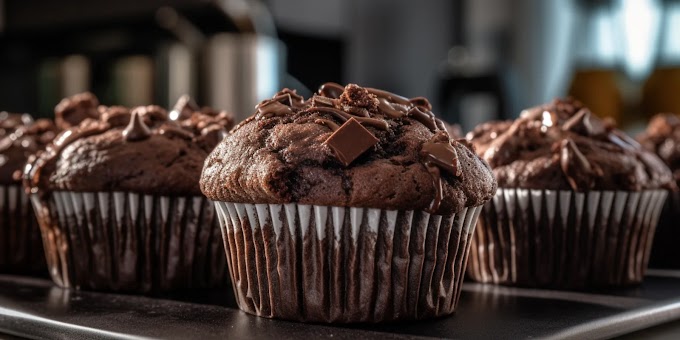1. Choosing the Right Noodles
The first step in cooking noodles is selecting the right type for your dish. Noodles come in various shapes, sizes, and types, each suited for different recipes. Some common types include:
Spaghetti: A long, thin pasta, perfect for dishes like spaghetti Bolognese or carbonara.
Ramen: A thin, curly noodle often used in Japanese soups.
Rice Noodles: Thin, flat noodles made from rice, popular in Asian dishes like Pad Thai.
Egg Noodles: A versatile noodle made with egg, commonly used in stir-fries and soups.
Udon: Thick, chewy Japanese noodles, often served in broth or stir-fried.
Each noodle type has a different cooking time and method, so make sure you choose the right one for your recipe.
2. Preparing the Water
Before you begin cooking your noodles, you need to prepare the water. Here’s how:
Use a Large Pot: Choose a pot that is large enough to hold the noodles without them sticking together. A general rule of thumb is to use at least 4-6 quarts of water for every pound of noodles.
Add Salt: Salt the water generously. Adding about 1-2 tablespoons of salt per quart of water will enhance the flavor of the noodles as they cook.
Bring to a Boil: Place the pot on the stove over high heat and bring the water to a rolling boil. The water should be boiling vigorously before you add the noodles.
3. Cooking the Noodles
Once the water is boiling, it’s time to cook the noodles. Follow these steps:
Add the Noodles: Carefully add the noodles to the boiling water. Stir immediately to prevent them from sticking together.
Cook According to Package Instructions: Most noodle packages come with cooking time instructions. Follow these instructions closely, but start checking the noodles a minute or two before the recommended time. Cooking times vary depending on the type and thickness of the noodles.
Test for Doneness: To check if the noodles are done, remove one noodle with a pair of tongs or a fork and taste it. The noodle should be al dente, which means it should be cooked through but still firm to the bite. If the noodle is still too firm, let it cook for another minute and check again.
4. Draining and Rinsing
After the noodles are cooked to your desired doneness, it's time to drain and rinse them:
Drain the Noodles: Pour the contents of the pot into a colander in the sink, allowing the water to drain away. If you're making a hot dish, there’s usually no need to rinse the noodles unless specified by the recipe.
Rinse (If Needed): If you’re making a cold dish, such as a noodle salad, or if you're using rice noodles, rinse the noodles under cold water. This stops the cooking process and prevents the noodles from sticking together.
5. Serving and Storing Noodles
Once your noodles are cooked, they’re ready to be served or stored for later use:
Toss with Sauce or Oil: If you’re serving the noodles right away, toss them with your sauce or a bit of olive oil to keep them from sticking together.
Serve Hot: Serve the noodles immediately for the best texture and flavor. Pair them with your favorite sauce, vegetables, or protein for a complete meal.
Storing Leftovers: If you have leftover noodles, allow them to cool completely before storing them in an airtight container in the refrigerator. To reheat, place the noodles in a pot of boiling water for a minute or microwave them with a bit of water to prevent drying out.
6. Noodle Cooking Tips and Tricks
Here are some additional tips to help you cook noodles like a pro:
Stir Frequently: Stir the noodles occasionally during cooking to prevent them from sticking together.
Save Some Pasta Water: If you’re making a pasta dish, save a cup of the cooking water before draining the noodles. The starchy water can help thicken sauces and make them adhere better to the noodles.
Avoid Overcooking: Noodles can go from perfectly cooked to overcooked in just a minute, so keep a close eye on them. Overcooked noodles become mushy and lose their texture.
Use Fresh Noodles for Quick Meals: Fresh noodles cook much faster than dried ones, often in just a couple of minutes. They’re a great option for quick and easy meals.
Experiment with Different Noodles: Don’t be afraid to try different types of noodles in your cooking. Each type offers a unique texture and flavor that can elevate your dishes.
7. Common Noodle Dishes to Try
Now that you know how to cook noodles, here are some popular dishes you can try making at home:
Spaghetti Carbonara: A creamy Italian pasta dish made with eggs, cheese, pancetta, and pepper.
Pad Thai: A flavorful Thai dish made with stir-fried rice noodles, tofu or shrimp, eggs, and a tangy tamarind sauce.
Ramen: A Japanese noodle soup made with broth, noodles, and various toppings like sliced pork, soft-boiled eggs, and green onions.
Lo Mein: A Chinese dish made with egg noodles stir-fried with vegetables and a savory sauce.
Pho: A Vietnamese soup made with rice noodles, beef or chicken, and fragrant herbs in a flavorful broth.
Conclusion
Cooking noodles is a simple process, but doing it right can make a big difference in the quality of your dishes. Whether you're making a quick weeknight dinner or preparing a more elaborate meal, knowing the steps to cook noodles perfectly will help you create delicious, satisfying dishes every time. So grab your favorite type of noodles, follow these steps, and enjoy a tasty bowl of noodles!








Social Plugin